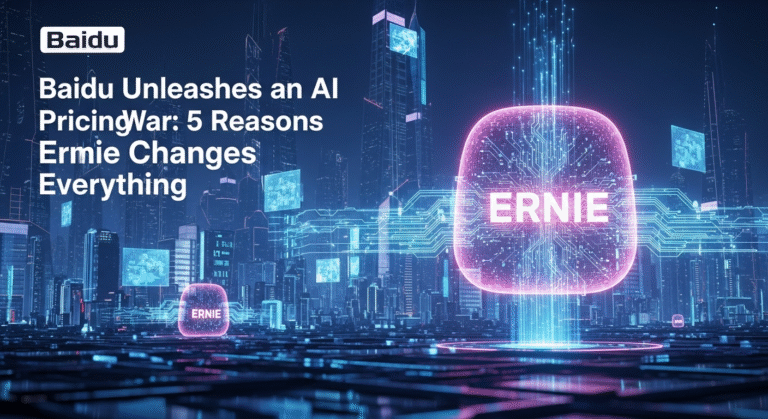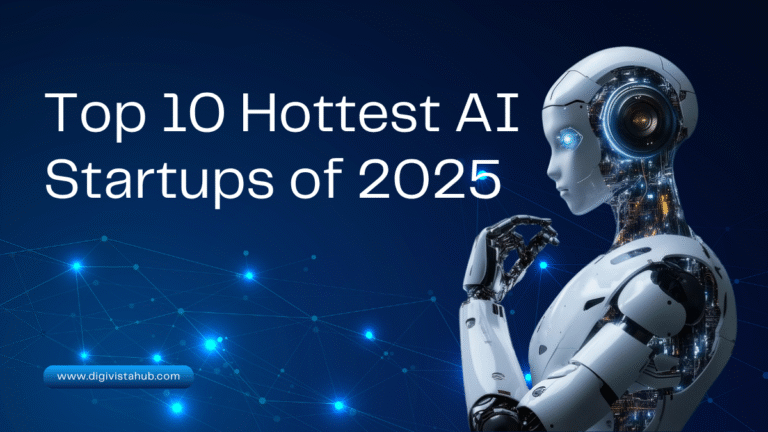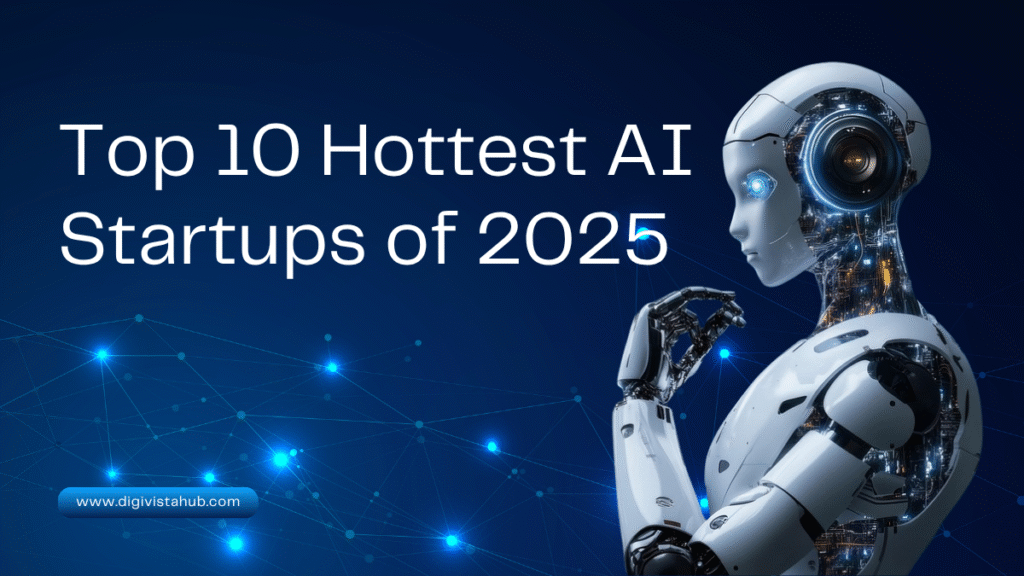The artificial intelligence (AI) revolution is reshaping industries, but behind the sleek interfaces of chatbots, image generators, and predictive algorithms lies a hidden crisis: skyrocketing energy consumption and a looming cybersecurity threat from adversarial nations like the People’s Republic of China (PRC). As AI’s energy appetite threatens to overwhelm global power grids, experts warn that securing critical infrastructure is no longer optional—it’s existential.
The Rising Energy Appetite of AI
Data centers powering AI systems already consume 14% of global electricity, according to a Goldman Sachs report. But this is just the beginning. Analysts project AI’s energy demand will double by 2026, requiring 165 times more power by 2030—equivalent to powering 40 million U.S. homes annually. To meet this surge, utilities must invest $720 billion in grid upgrades, a staggering figure that excludes the hidden costs of cybersecurity vulnerabilities.
Why This Matters:
-
AI training models like GPT-4 require millions of GPU hours, consuming as much energy as 1,000 households per day.
-
Hyperscale data centers (e.g., Google, AWS) now rival small nations in energy use, straining aging power infrastructures.

Cybersecurity Threats in the AI Era
The PRC and other state-backed actors are aggressively targeting energy grids, exploiting AI’s growth to destabilize critical infrastructure. In 2023, the U.S. Department of Energy reported a 62% spike in cyberattacks on power utilities, with AI-driven phishing schemes and ransomware attacks becoming alarmingly sophisticated.
Expert Insight:
Dr. Emily Chen, cybersecurity lead at MIT’s Energy Initiative, warns:
“AI’s energy demand creates a perfect storm. Every new data center is a potential entry point for adversaries. We’re not just fighting hackers—we’re racing against time to secure systems before AI’s energy needs outpace our defenses.”
Balancing Innovation and Security
To avert disaster, governments and tech giants are adopting a two-pronged approach:
-
Green AI Initiatives:
-
Microsoft and Google now power data centers with 96% renewable energy, aiming for 100% by 2030.
-
New “liquid cooling” systems cut energy use by 40%, per a Stanford Sustainable AI study.
-
-
AI vs. AI Cybersecurity:
-
The Pentagon’s “Project Guardian” uses AI algorithms to detect and neutralize grid intrusions in real time.
-
Mandatory NIST compliance for utilities is being fast-tracked to counter PRC-linked threats.
-















